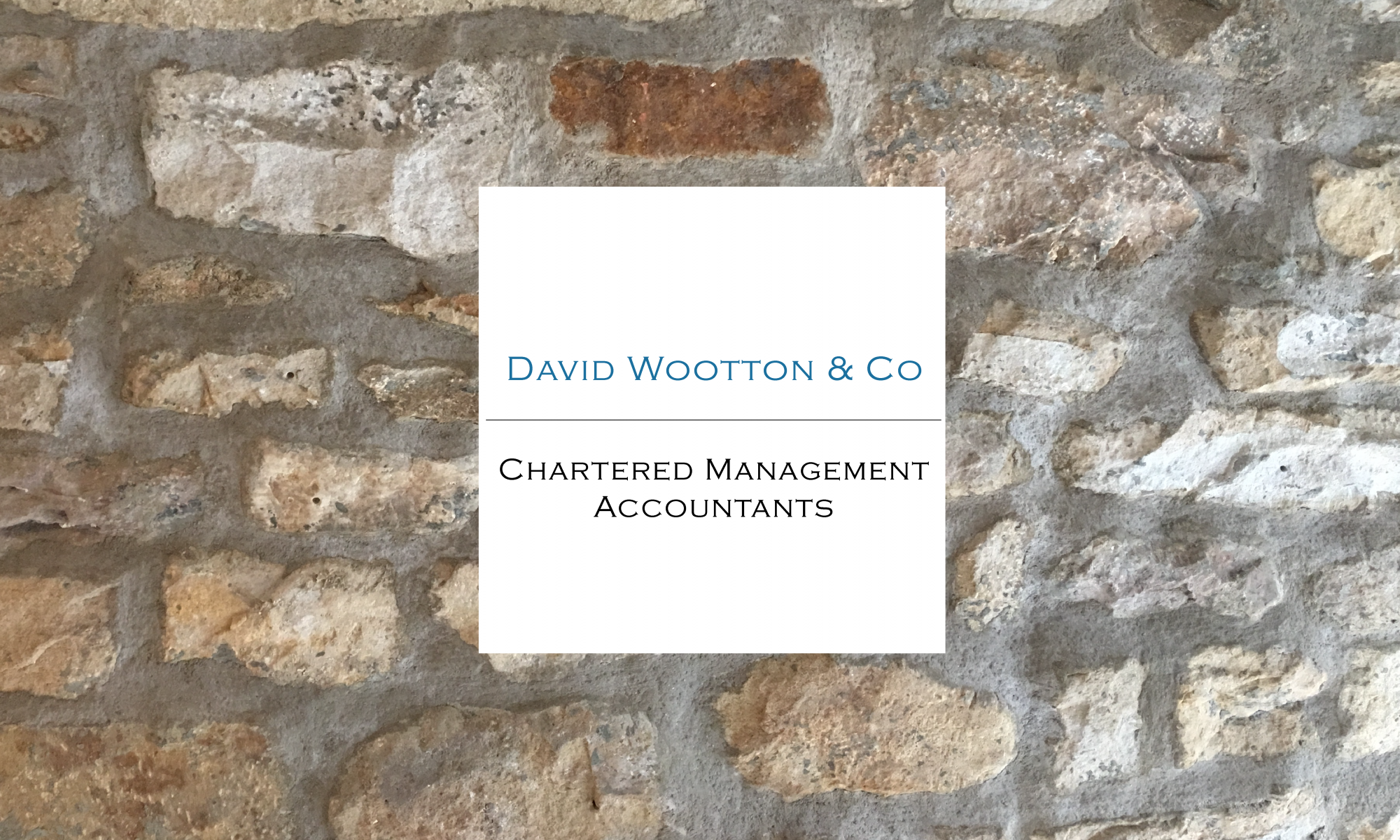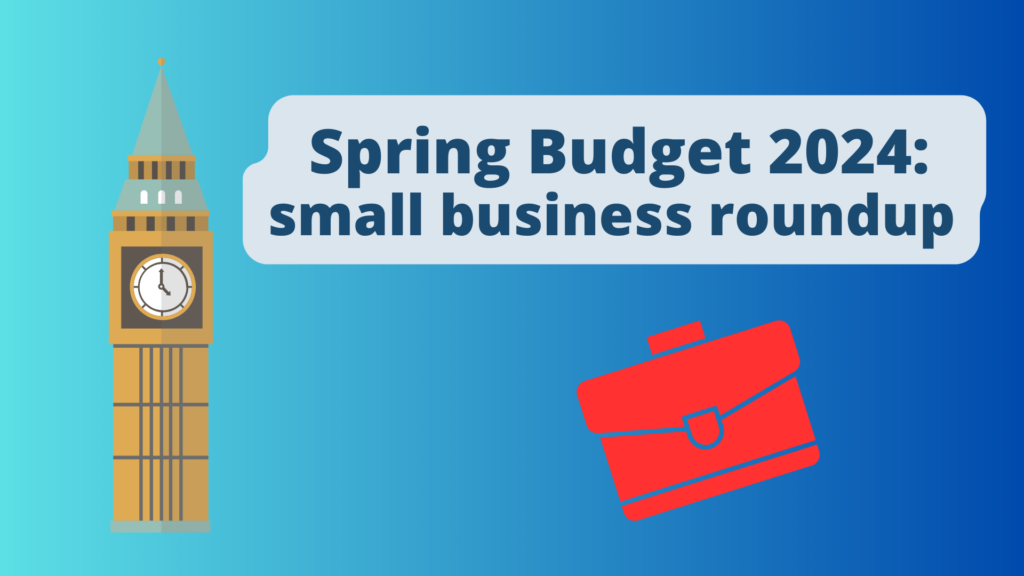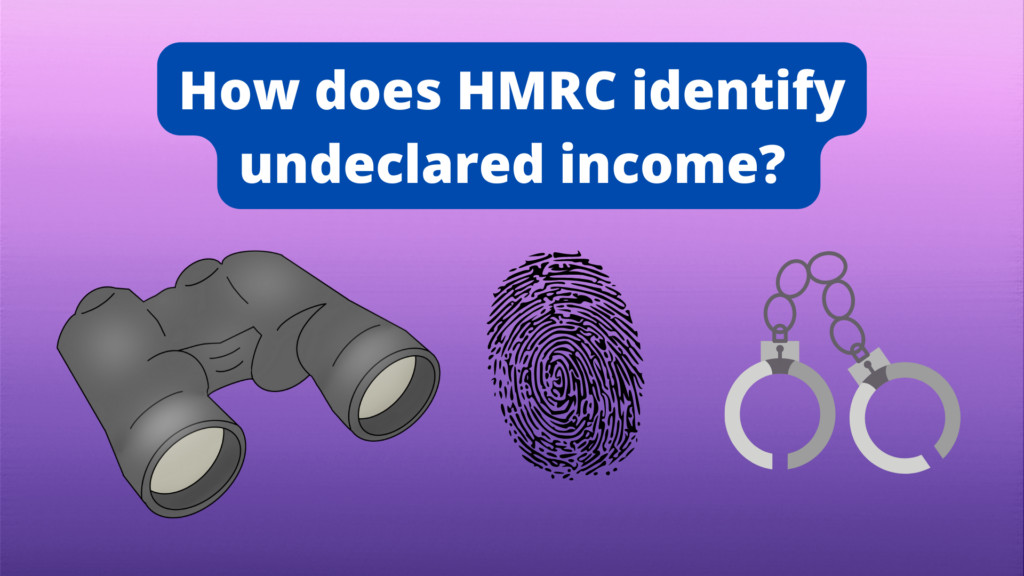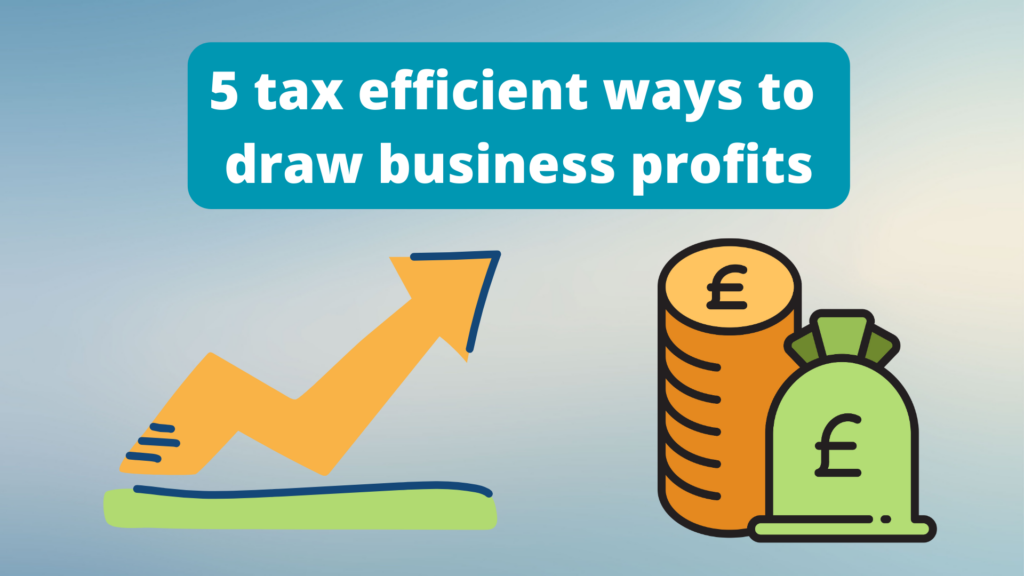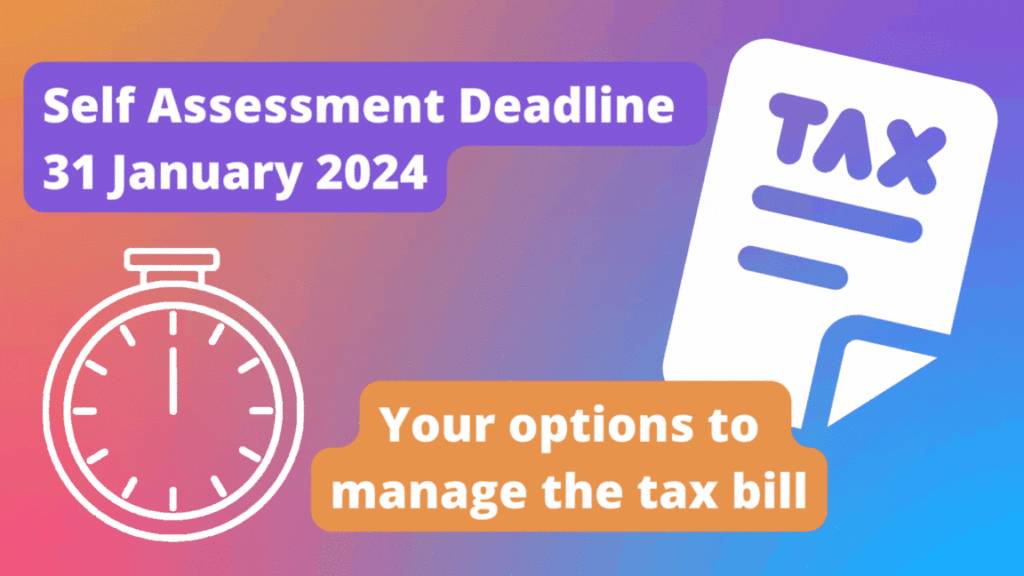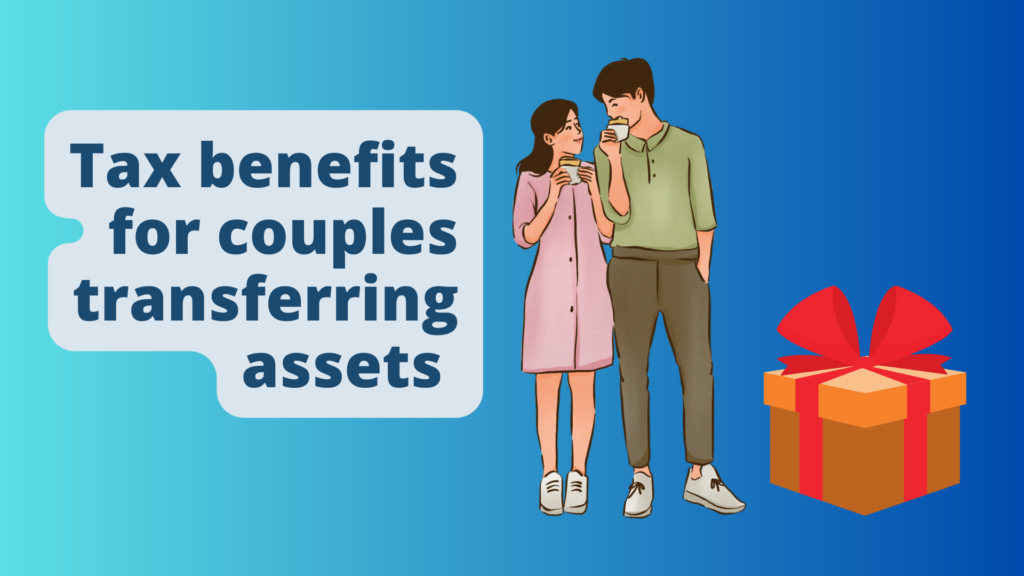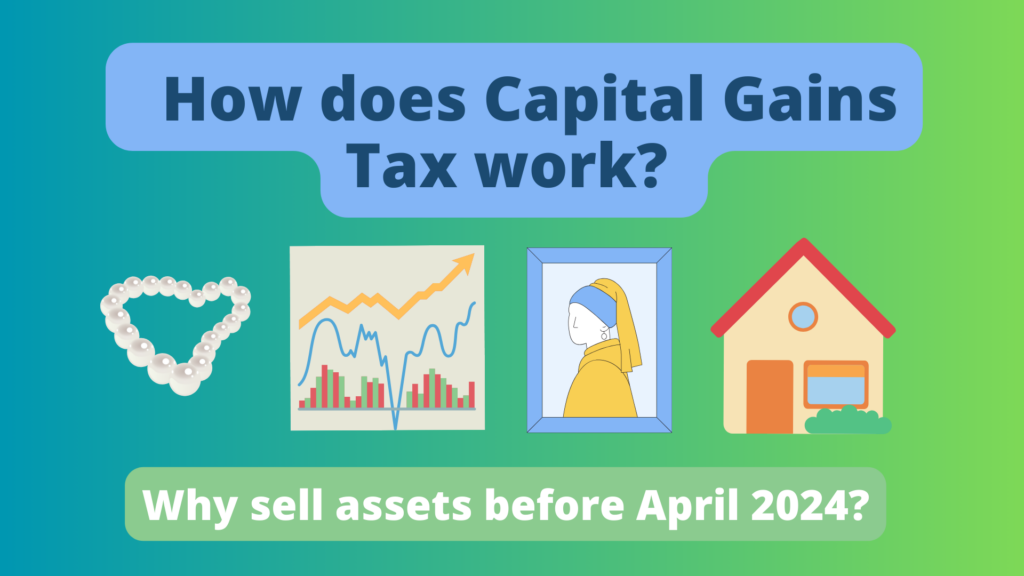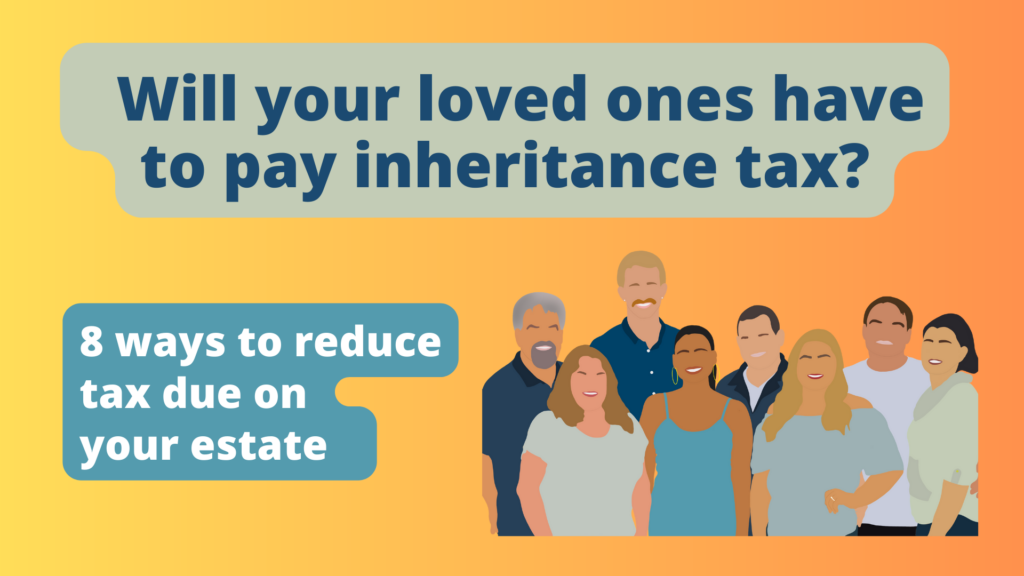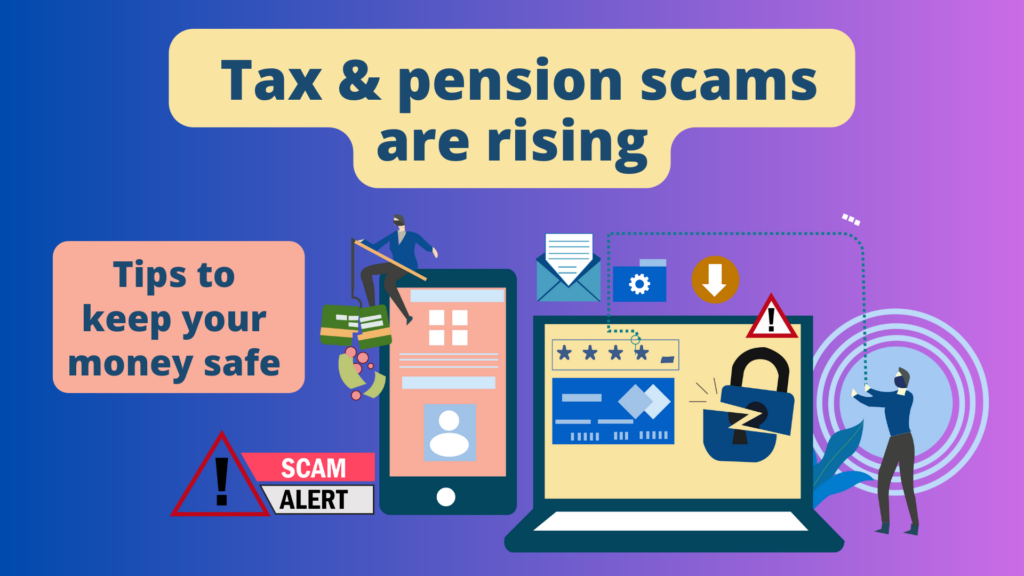If you run a business that pays tax via self-assessment, a new HMRC reform will probably affect you. Called the Basis Period Reform, it could impact how you report your profits to HMRC for the 2023/24 tax year onwards. You might even end up paying more tax than you need to.
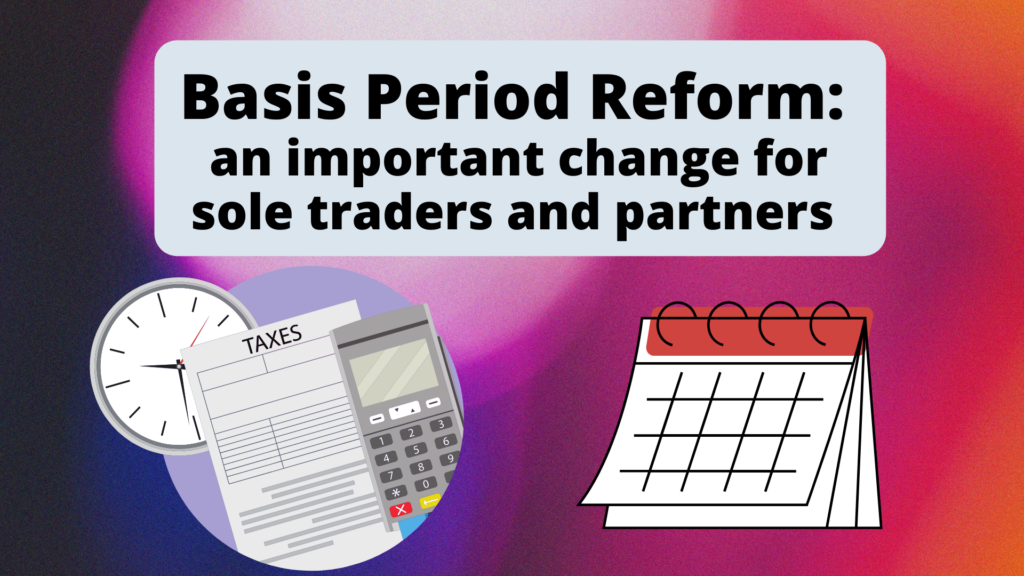
Why is the basis period reform being introduced?
HMRC says the basis period reform will “create a simpler, fairer and more transparent set of rules for allocating trading income to tax years”.
The issue is that under the previous system, two identical businesses with different accounting dates could have very different annual taxable profits.
The reform is designed to remove this difference and make things fairer.
What’s changing and when?
As of 6 April 2024, a new ‘tax year basis’ now applies to sole traders and partners who are subject to income tax.
Under the tax year basis, these businesses will be taxed on the profits from a tax year (6 April to the following 5 April), no matter when their accounting period ends.
It will replace the ‘current year’ basis, where tax is calculated on the profits of the accounting period ending in that year.
Who does this impact?
The reform applies to ‘trading businesses subject to income tax’ – which means sole traders and individual partners in a partnership. Companies are not affected and corporation tax rules are not changing.
Also, if you happen to do your accounts between 31 March and 5 April, you are also unaffected. Your accounting period is already the same as the tax year.
Property income is already reported on a tax year basis so should not be affected by the change.
What do sole traders and partners need to do?
If your business has a year-end other than 31 March to 5 April, you will need to apportion amounts from two sets of accounts to calculate your profits for every tax year from 2024/25 onwards. The current tax year is a ‘transitional’ phase in which we switch over from the current year basis of assessment to this new tax year basis.
How do I calculate profits for the new system?
You will need to look at two sets of accounts to calculate your taxable profits each year. The advice is to do this based on days.
Here’s an example. A business whose year-end date is 31 December would need to apportion 270 days from the year ended 31 December 2024 (covering 5 April 2024 to 31 December 2024) and 95 days from the year ended 31 December 2025 (1 January 2025 to 5 April 2025).
The figures are used after adjusting for non-deductible expenses and capital allowances.
What if my accounts aren’t ready in time?
If your latest year’s accounts aren’t ready by the time you need to complete a self-assessment, you need to estimate the figure from the second set of accounts and file a provisional figure. That provisional figure will need to be corrected later.
HMRC doesn’t explain how to calculate that provisional figure – it will depend on your business, its size and complexity. You just need to ensure the estimate is reasonable and can be justified. Keep a record of how you came to the figure used.
Provisional figures are corrected by amending the original return as soon as the actual number is known. HMRC has said provisional figures can be corrected at any time up to the normal amendment deadline. For tax year 2024/25, this deadline is 31 January 2027.
How will it work in 2023/24?
The current tax year is a transitional year, where we swap over to the new tax year basis.
In 2023/24 businesses will be taxed on the profits of:
- The 12 months starting with the end of the basis period for 2022/23 (the ‘standard’ part)
- The period from the end of the standard part to 5 April 2024 (‘transition’ part)
- For most businesses, the standard part will effectively be the profits under the current year basis. The transition part then takes you from the end of that period up to 5 April 2024.
What is Overlap Relief and can it help?
Overlap relief can reduce your taxable business profits. Overlap relief is based on ‘overlap profits’, which can arise if your business has not always had an accounting-period ending between 31 March and 5 April.
Overlap profits can arise in the first two or three years of a business or in any year where you change accounting date.
What’s spreading and could it be helpful?
Spreading is a way to reduce the tax impact of additional profits being brought into account due to these changes.
As above, overlap relief should be deducted from any transition part profits in 2023/24. Additional profits after this are called ‘transition profits’, and can be spread over up to five tax years.
But in some instances spreading is not available, including:
- If deducting overlap relief from the transition part profits results in a loss
- Where there is an overall loss for 2023/24 (looking at the standard part, transition part plus overlap relief).
How does spreading work?
The general approach is for 20% of transition profits to be brought into account in 2023/24, and a further 20% in each of the following four tax years.
It’s also possible to bring in more transition profit in any one tax year. The business can choose any additional amount to bring into account. Any remaining transition profits are then spread equally over the remaining period.
This ability could be useful you are paying less tax than usual in any tax year. You might have had a large expense or lower income that year, for example.
Spreading must be noted on the self-assessment return, and the deadline is one year after the filing date for that return.
Where can I get help with all of this?
The new basis reform period can seem a bit daunting and it’s important to get it right so that you pay the correct amount of tax. We’re here to help. For specific advice for your business just get in touch.
Worried about basis period reforms and what it means for you? We’re here to help. As small business accountants in the Lune Valley, we can advise you on tax returns, accounting, payroll services and much more. Get in touch
